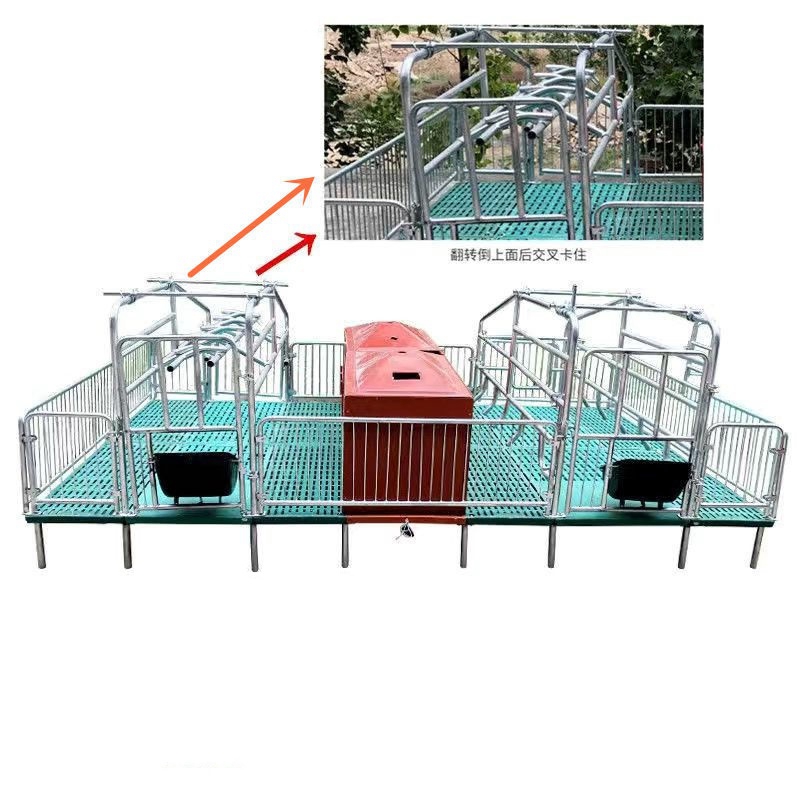Chicken Feed Production Equipment for Efficient Poultry Nutrition Processing
lis . 16, 2024 21:43 Back to list
Chicken Feed Production Equipment for Efficient Poultry Nutrition Processing
Chicken Feed Processing Machines Enhancing Efficiency and Nutrition
In the poultry industry, the quality of feed is paramount for the health and productivity of chickens. Chicken feed processing machines have revolutionized the way feed is prepared and manufactured, allowing farm operators to enhance both efficiency and nutritional value. These machines cater to various needs, from grinding raw materials to mixing and pelletizing feed, ultimately contributing to better poultry farming practices.
One of the primary functions of chicken feed processing machines is the grinding of raw ingredients. This process reduces the size of grains, such as corn, soybeans, and wheat, making them easier for chickens to digest. A well-designed grinder can efficiently produce a consistent particle size, which is crucial for maintaining the nutritional balance of the feed. By ensuring that feed is uniform, these machines prevent issues related to selective feeding, where chickens may refuse certain ingredients, leading to imbalanced diets.
After grinding, the feed must be mixed thoroughly to provide a complete diet. Mixing machines enhance the uniformity of the feed by evenly distributing vitamins, minerals, and other additives throughout the mixture. This step is essential for nutritional consistency, ensuring that each chicken receives the necessary elements for growth and production. Advanced mixing technologies, such as horizontal and vertical mixers, optimize the mixing process, saving time and energy while improving feed quality.
chicken feed processing machine

Once the feed is mixed, many processors choose to pelleted feed for chickens. This involves compacting and shaping the feed into small, uniform pellets. Pelletizing offers several benefits, including decreased feed waste and enhanced palatability. Chickens are more likely to consume pellets, which can lead to better feed conversion rates and overall growth performance. The steam conditioning process used in pelletizing also helps to improve the digestibility of ingredients, maximizing the nutritional uptake.
Furthermore, modern chicken feed processing machines are designed with automation in mind. Automated systems streamline the entire feed production process, reducing labor costs and minimizing human error. With options for sensors and software that monitor quality, producers can ensure consistency in feed production, contributing to better poultry health and increased productivity.
In conclusion, the importance of chicken feed processing machines cannot be understated. They provide essential functions that enhance the quality, efficiency, and nutritional value of poultry feed. As technologies continue to advance, these machines will play an even more crucial role in supporting sustainable and productive poultry farming practices across the globe. Investing in high-quality feed processing equipment is not just a decision for today; it is an investment in the future of poultry nutrition and agriculture.
-
Automatic Feeding Line System - Anping Yize | Efficiency&Durability
NewsJul.29,2025
-
Automatic Feeding Line System - Anping Yize|Poultry Efficiency&Durability
NewsJul.29,2025
-
Automatic Feeding Line System-Anping County Yize Metal Products Co., Ltd.|Durable PP Material&Easy Maintenance
NewsJul.29,2025
-
Automatic Feeding Line System-Pan Feeder Nipple Drinker|Anping County Yize Metal Products Co., Ltd.
NewsJul.29,2025
-
Hot Sale 24 & 18 Door Rabbit Cages - Premium Breeding Solutions
NewsJul.25,2025
-
Automatic Feeding Line System Pan Feeder Nipple Drinker - Anping County Yize Metal Products Co., Ltd.
NewsJul.21,2025






